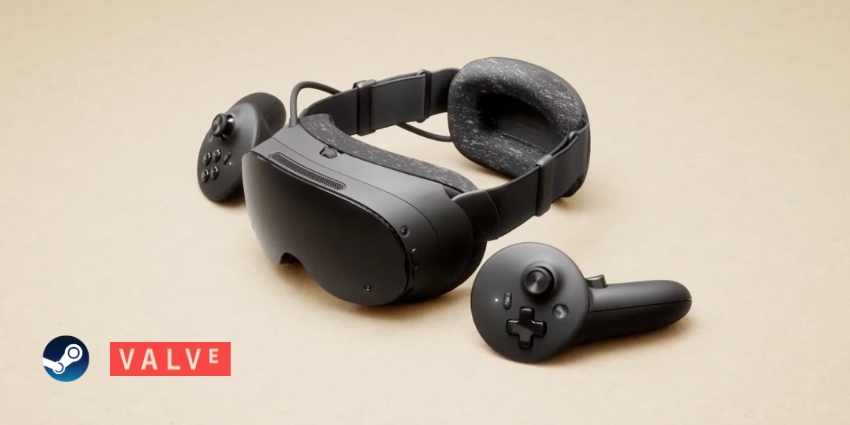The Oculus Rift was one of the first devices to transform the VR industry forever. Way back in 2012, this headset made VR feel like a real opportunity for people worldwide. Of course, it wasn’t the most ideal virtual reality solution around, with a clunky design and limited graphical performance. Fortunately, Oculus has upgraded its technology since then, announcing a new Oculus Rift S to enhance its product portfolio.
The Oculus Rift S aims to improve the standard Rift, but it’s not a “Rift 2”. Like the previous device that came before it, the Rift S works with a PC to deliver VR experiences through a USB 3.0 connection. The product can offer “room-scale” experiences with 2 lenses in front of your eyes which offer a complete 3D view of your world. You can also use this device to interact with your virtual environment through the use of controllers and sensors.
Oculus Rift S Headset Review: Comfort and Fit
The Rift S comes with a more comfortable, curved mould that supports the natural shape of your skull – a major improvement on its predecessor. You can tighten the straps with a dial on the back headrest, and although this product is a little heavier than some alternatives, there’s a reason. The Rift S removes external motion sensors that required USB ports and cables all over your room. Instead, you get outward facing cameras that track your position in your room.
The touch controllers that shift with the Oculus Rift S are reasonably comfortable to use too, with buttons and thumb sticks that are wonderfully light and responsive. Unfortunately, not all design changes on this device are for the best. The over-ear headphones have been replaced with directional speakers, which can leak a lot of sound and distract anyone who’s sharing the same space as you.
Additionally, though users can slide the headset back and forth thanks to a new “release button” on the front, the whole headset feels a little tighter and more uncomfortable for people wearing glasses.
Oculus Rift S Headset Review: Visuals and Performance
It’s not just the design of the Rift S that’s changed, but the internal functionality too. The Rift S comes with LCD screens (instead of OLED), and a 2560 x 1440 resolution. However, the refresh rate has fallen from 90 Hz to 80 Hz. The lower refresh rate keeps the prices low and helps to make the device more accessible too.
On the plus side, the headset is much easier to use thanks to the addition of the extra cameras. You don’t have to worry about struggling with external sensors to track your play space, so it’s much simpler to just jump straight in. Once you have the right software installed on your computer, the Rift S will show you an image of the world around you, and you can use the controllers to draw out the space that’s available.
Unfortunately, despite a relatively easy set-up, the Oculus Rift S does suffer a little with stability. The Oculus can occasionally fail to respond when booting up software, which means that the screen remains black. This is an issue that seems to be enhanced when you’re using the Steam VR system, so it may be less problematic for those using enterprise and business tools.
Oculus Rift S Headset Review: Verdict
The Oculus Rift S is a complicated tool that’s better than the original Rift in many ways. Not only is this device more comfortable, but it’s easier to set up, and has an improved resolution too. However, it sacrifices some functionality too, like audio and refresh rate.
While some people will appreciate the added functionality of the Oculus Rift S, Facebook’s plans to discontinue its Rift line in 2021 prove that tethered VR headsets may have had their day.







